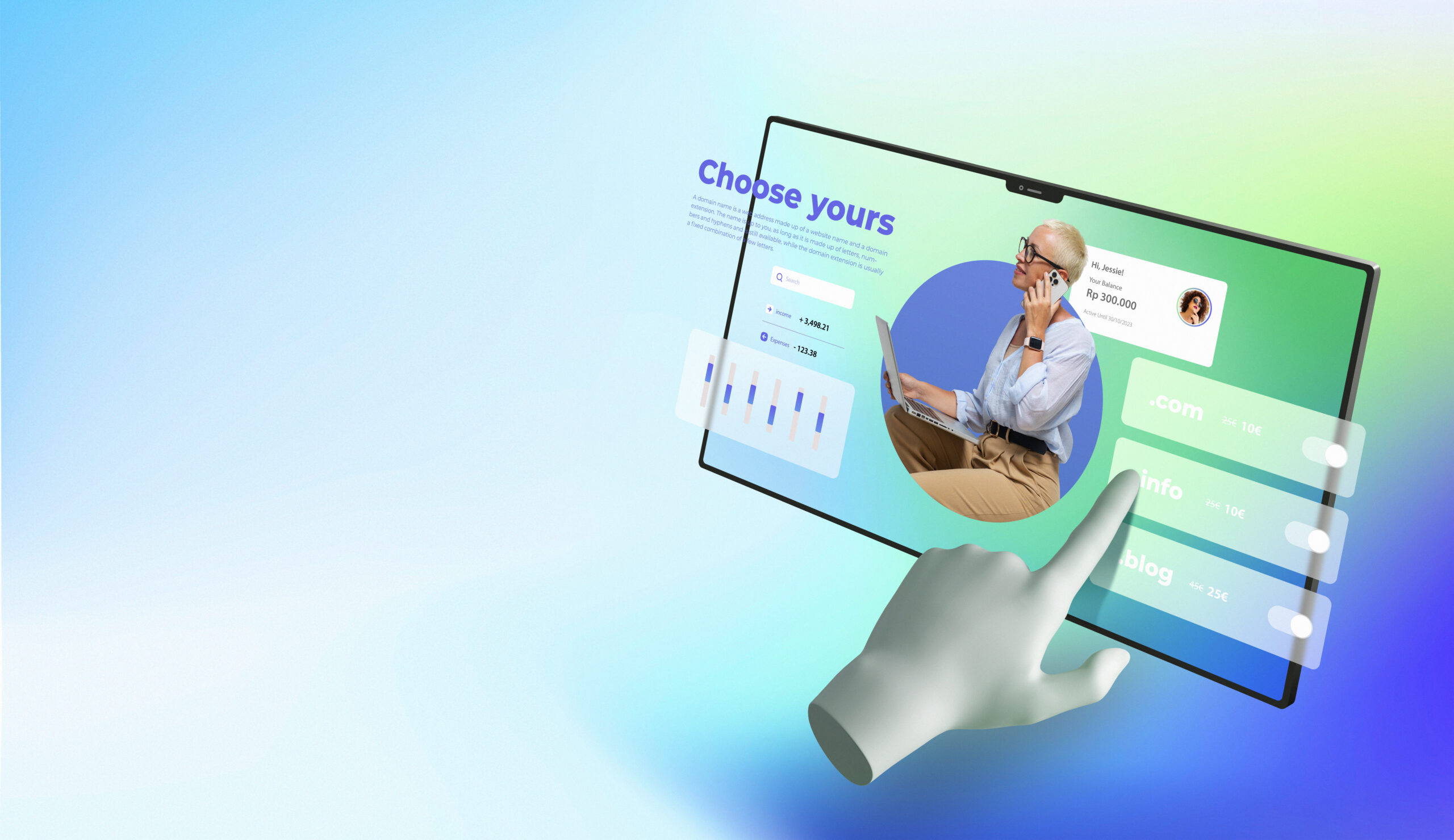In today’s ever-evolving market, the importance of understanding and targeting younger demographics cannot be underestimated. This generation of tech-savvy children will grow up to become influential consumers, and capturing their attention early can lead to a lifelong brand relationship.
As UX designers, we need to tailor our research methods to accommodate these young participants effectively. In this blog post, we’ll explore some best practices for conducting market research and user research with children to gather valuable insights and design engaging experiences.
In Webtec we offer you the best Web Redesign Services, let us create the ideal website focused on kids!
Prepare for Ethical Considerations
Before starting any research project involving children, it’s essential to get informed consent from their parents or guardians. This involves sharing detailed information about the study, its purpose, and the procedures involved. Additionally, you must ensure that the research process respects the child’s privacy, well-being, and dignity at all times.
Choose the Right Research Method
The research methods that work best for adults may not be suitable for children. In general, it’s a good idea to opt for methods that are more interactive and engaging. Some popular kid-friendly research methods include:
- Contextual inquiry: Observing children in their natural environment (e.g., home, school) can provide insights into their behavior and preferences.
- Playtesting: Allowing children to interact with a prototype and observing their reactions can help you identify usability issues and areas for improvement.
- Co-design sessions: Involve children in the design process by letting them brainstorm ideas, sketch, and provide feedback on your designs.
Adapt Your Communication Style
When conducting research with children, it’s essential to use age-appropriate language and concepts. Be mindful of the child’s cognitive abilities, and adjust your communication style accordingly. For example, avoid using jargon or technical terms and use simpler explanations and examples to help them understand.
Set the Stage for a Fun and Relaxed Atmosphere
Children are more likely to open up and share their thoughts when they feel comfortable and relaxed. Create a fun, engaging atmosphere by setting up a kid-friendly environment with colorful decorations, soft seating, and age-appropriate props. Additionally, consider using icebreakers and games to help children feel at ease and build rapport.
Be Patient and Flexible
When working with children, it’s essential to remember that they may have shorter attention spans and may be less focused than adults. Be prepared to adapt your research plan on the fly, take breaks when needed, and use different methods or activities to keep their interest.
Involve Parents or Caregivers in the Process
Parents and caregivers can provide valuable insights into the child’s preferences, habits, and context. They can also help facilitate the research process by providing background information, helping with communication, and managing the child’s behavior.
Analyze and Interpret Data with Caution
Interpreting data from children can be challenging due to their unique perspectives and cognitive abilities. Be cautious about drawing conclusions based solely on their responses. Instead, triangulate your findings with data from multiple sources, including observations, interviews with parents, and expert opinions.
Collaborate with Experts
Working with professionals who specialize in child development or education can help you better understand the target age group’s cognitive abilities, emotional development, and unique perspectives. These experts can guide you through the research process, assist in designing activities, and help interpret findings accurately.
You should also read our blog post: 6 Essential Principles of User-Centered Web Design.
Iterate and Validate
When designing for children, it’s important to iterate on your concepts and prototypes frequently. As you gather feedback, be prepared to make changes and test again. This iterative process will help ensure that your design meets the needs and expectations of your young users. Additionally, consider conducting validation studies with a larger sample size to ensure the usability and effectiveness of your design.
Design for Accessibility and Inclusivity
Children are a diverse group with varying abilities, preferences, and backgrounds. To create an engaging and accessible experience, consider designing for a wide range of users. This includes children with disabilities or those from different cultural and linguistic backgrounds. Incorporate accessibility features and design elements that cater to different learning styles, ensuring that your design is inclusive and enjoyable for all children.
Share Your Findings with the Community
Conducting research with children can be a challenging yet rewarding experience. Sharing your findings, best practices and lessons learned with the UX and design community can help others improve their research process and contribute to the collective knowledge in this field. Consider writing blog posts, presenting at conferences, or participating in online discussions to share your experiences and insights.
Conclusion
Conducting market and user research with children requires a different approach than with adults. By considering ethical aspects, choosing the right research methods, adapting your communication style, and creating a fun environment, you can gather valuable insights and design engaging experiences for this unique and essential user group.
Remember to be patient, flexible, and always prioritize the child’s well-being during the research process!


